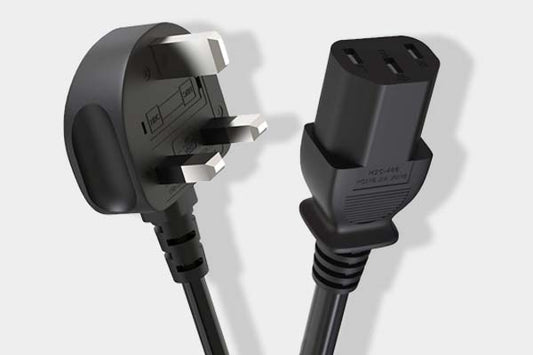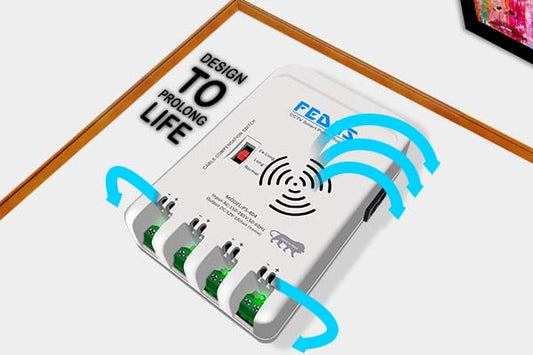Difference Between Cat5 and Cat5e Cables In India
Introduction:
The important role of a strong networking system is important. Learning the various kinds of connections for Ethernet is important when building a home office, improving a corporate network, or increasing connectivity to the internet. Cat5 and Cat5e cables are two of the most popular possibilities. This blog will discuss the difference between Cat5 and Cat5e cables, particularly their features, applications, and place within the Indian environment.
What are cat5 and cat5e Cables?
Cat5 cable was launched in the 1990s and rapidly secured itself as the standard for local area networks (LANs). The cable is an unsecured twisted pair (UTP) that allows data rates of up to 100 Mbps and frequencies of up to 100 MHz. Cat5 cables are typically utilized for communication lines, computer networks, and video applications.
Cat5e cable is an improved variant of Cat5. Cat5e cables accept data rates of up to 1 Gbps (1000 Mbps) and manage bandwidths of up to 100 MHz, similar to Cat5, but display higher reliability due to advances in cable building design. These changes decrease noise and interference from signals, making Cat5e cables more dependable for high-speed networks.
Key Difference Between Cat5 and Cat5e Cables:
Application in India:
In India, the selection between Cat5 and Cat5e cables is mainly based on the specific application and the current network connectivity. Here are many typical conditions:
In this basic home internet requirements, including web browsing, video streaming, and social media, Cat5 connections may be suitable. Still, due to the growing number of smart homes and need for seamless connectivity throughout many devices, Cat5e cables are gaining popularity among homeowners looking to future-proof their networks.
A large number of small to medium companies in India have been looking to improve their networking capabilities. Although Cat5 cables allow for fundamental office functions, Cat5e cables are better for SMEs dependent on cloud services, VoIP, and video calls, where increased speeds and dependable connections are important.
Learning institutions in India are improving their networks of computers. Cat5e cables are often used in classrooms for their capacity to supply many devices continuously without major loss of signal. This is particularly relevant in environments where many students utilize online resources.
India's growing technology sector requires flexible cabling solutions for data centers. Cat5e cables are usually used in these environments because of their capacity to manage rapid data transfer with no disruption.
As technology improves, networking hardware also improves. Though Cat5 and Cat5e cables continue to be used, they are slowly being replaced by superior-category connections that include Cat6 and Cat6a, which provide increased data transfer rates and improved performance. But for many applications, particularly in cost-sensitive environments, Cat5e continues to be an excellent choice.
Installation Considerations:
When installing Cat5 or Cat5e cables, adopting to best practices is necessary to achieving maximum speed:
- Avoid Electrical Interference: Maintain a distance between network cables and electricity wires to reduce impact.
- Use Proper Connections: Verify that connectors and outlets are compatible with the cable category in use.
- Limit Cable Length: Though Cat5e may maintain speed over extended distances, it is advised to limit cable runs to under 100 meters for the best results.
- Plan for Future Improvements: When installing new cabling, anticipate potential future speed requirements and choose properly.
Conclusion:
In summary, recognizing the difference between Cat5 and Cat5e cables is important for making informed decisions about network cabling in India. Though all cable types fulfill similar functions, Cat5e provides superior performance, less crosstalk, and enhanced bandwidth possibilities, giving it a more suitable choice for modern networking needs.
Fedus Company helps organizations and people in picking the correct cable for their needs, ensuring maximum performance and dependability in their network systems. Investment in Cat5e cables will improve both the durability and effectiveness of a networking environment, meeting the increasing needs of digital communications.
Writer - Vishal Singh


























